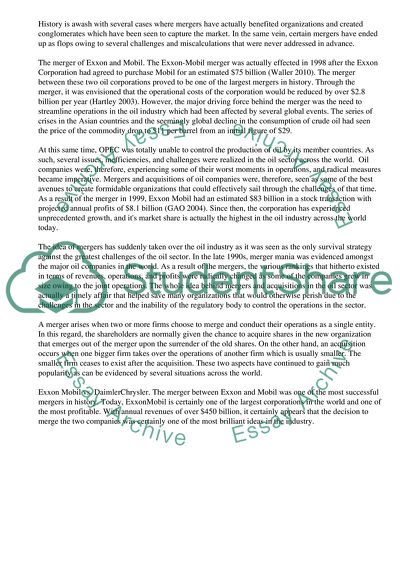Cite this document
(“Economic Regulation Paper: ExxonMobil Company Term Paper”, n.d.)
Retrieved from https://studentshare.org/business/1398188-economic-regulation
Retrieved from https://studentshare.org/business/1398188-economic-regulation
(Economic Regulation Paper: ExxonMobil Company Term Paper)
https://studentshare.org/business/1398188-economic-regulation.
https://studentshare.org/business/1398188-economic-regulation.
“Economic Regulation Paper: ExxonMobil Company Term Paper”, n.d. https://studentshare.org/business/1398188-economic-regulation.


